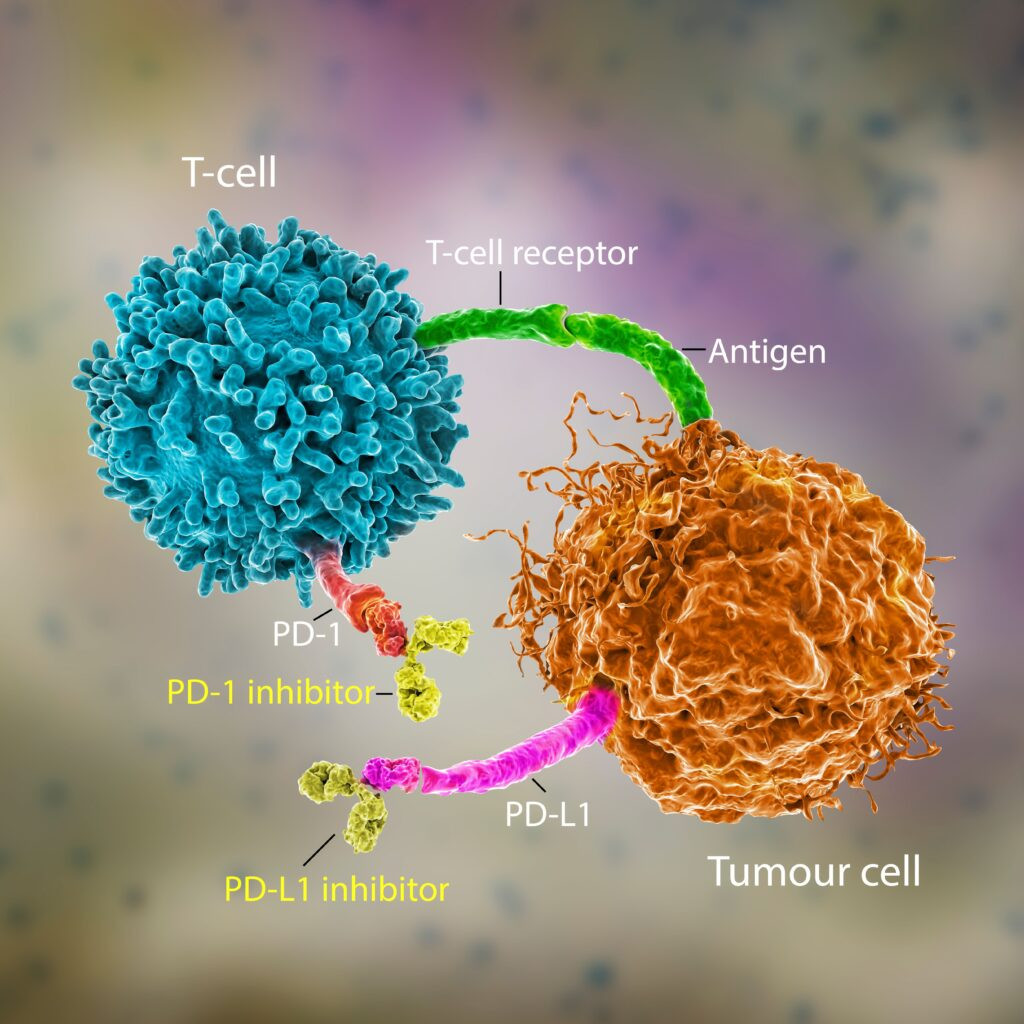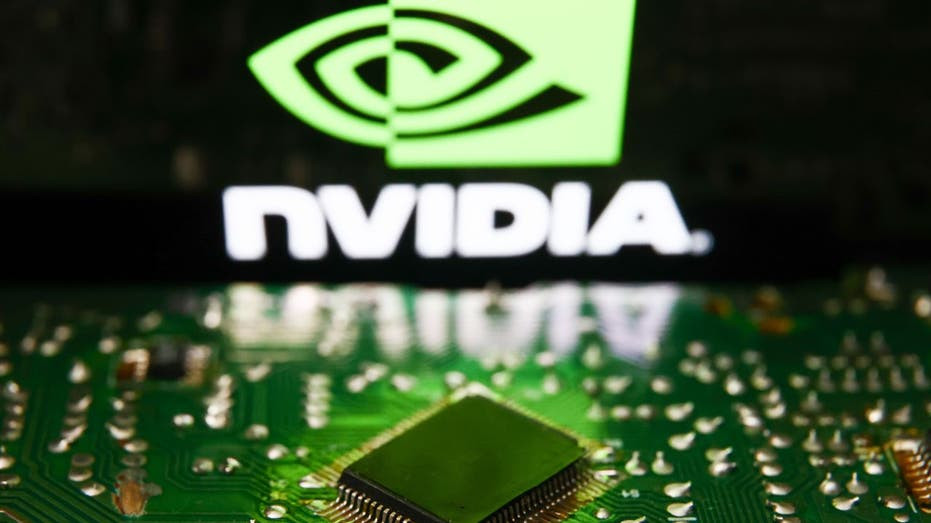A New Era of Cancer Treatment: The Rise of PD-1 and PD-L1 Inhibitors
The fight against cancer has entered a new era, marked by the emergence of innovative therapies that target the immune system. Among these groundbreaking treatments are PD-1 and PD-L1 inhibitors, a class of drugs that have revolutionized cancer care. These drugs work by boosting the body's natural defenses to fight cancerous cells, offering hope to patients with previously limited treatment options.
The Science Behind the Boom
The remarkable success of PD-1 and PD-L1 inhibitors stems from their ability to unleash the power of the immune system against cancer. These inhibitors work by blocking the interaction between the programmed death-1 (PD-1) protein on immune cells and its ligand, programmed death-ligand 1 (PD-L1), expressed on cancer cells. This interaction typically serves as a brake on the immune response, preventing T-cells from attacking tumor cells. By interrupting this signaling pathway, PD-1 and PD-L1 inhibitors free the immune system to target and destroy cancer cells effectively.
The impressive efficacy of these drugs has been demonstrated across a range of cancers, including lung cancer, melanoma, bladder cancer, and others. This has led to a surge in the adoption of these therapies, driving significant growth in the PD-1 and PD-L1 inhibitor market.
A Market on the Rise
The global PD-1 and PD-L1 inhibitor market is poised for explosive growth in the coming years. According to a recent market research report, the market is expected to reach a staggering $100 billion by 2028, growing at a CAGR of 16.1% during the forecast period. This remarkable growth is being fueled by several key factors, including:
- Increasing Cancer Prevalence: The global cancer burden continues to rise, driving the demand for effective treatments. This trend is further amplified by factors such as aging populations, lifestyle changes, and environmental factors that contribute to cancer development.
- Advancements in Immunotherapy: The field of immunotherapy is rapidly advancing, with new discoveries and technologies constantly emerging. This progress is translating into more potent and targeted therapies, including PD-1 and PD-L1 inhibitors, further fueling market growth.
- Favorable Regulatory Environment: Regulatory authorities are increasingly supportive of the development and approval of innovative cancer therapies, including immunotherapy drugs. This supportive environment is accelerating the availability of new treatment options and driving market expansion.
- Growing Awareness: Public awareness of immunotherapy and its potential benefits for cancer treatment is increasing. This growing awareness is translating into higher patient demand, which is further boosting market growth.
Key Players Shaping the Landscape
Several pharmaceutical giants are actively involved in the development and commercialization of PD-1 and PD-L1 inhibitors, shaping the landscape of this booming market. Some of the key players include:
- Bristol Myers Squibb: Bristol Myers Squibb is a leading player in the PD-1 inhibitor market, with its drug Opdivo (nivolumab) approved for a wide range of cancers.
- Merck & Co., Inc.: Merck is another prominent player in the PD-1 inhibitor market, with its drug Keytruda (pembrolizumab) gaining significant traction for its impressive efficacy across a range of cancers.
- Roche: Roche is a leading player in the PD-L1 inhibitor market, with its drug Tecentriq (atezolizumab) gaining recognition for its effectiveness in treating certain types of cancers.
- AstraZeneca: AstraZeneca is also actively involved in the PD-L1 inhibitor market, with its drug Imfinzi (durvalumab) approved for the treatment of several cancers.
These companies are continually investing in research and development to expand the applications of PD-1 and PD-L1 inhibitors and develop even more effective treatments. This ongoing innovation is expected to drive further growth in the market.
Challenges and Opportunities
Despite the impressive growth and potential of PD-1 and PD-L1 inhibitors, several challenges remain. One major challenge is the high cost of these therapies, which can pose a barrier to access for many patients. Another challenge is the development of resistance to these drugs. Some cancer cells can develop mechanisms to evade the effects of PD-1 and PD-L1 inhibitors, limiting their long-term effectiveness.
However, the potential of PD-1 and PD-L1 inhibitors remains immense. Ongoing research is exploring new combinations with other therapies to overcome resistance and enhance efficacy. The development of biosimilars and generic versions of these drugs could also help address the issue of high costs.
The Future of Cancer Treatment
PD-1 and PD-L1 inhibitors are revolutionizing cancer care, offering a new paradigm for treating the disease. Their ability to unleash the power of the immune system against cancer holds immense promise for improving treatment outcomes and extending patient survival. As research and development continue, we can expect to see even more effective and targeted therapies emerge, further advancing the fight against cancer. The future of cancer treatment is bright, and PD-1 and PD-L1 inhibitors are at the forefront of this exciting evolution.
Some key areas of future development include:
- Combination Therapies: Combining PD-1 and PD-L1 inhibitors with other therapies, such as chemotherapy, radiation, and targeted therapies, has shown promising results in clinical trials. These combinations aim to enhance the effectiveness of treatments and overcome resistance.
- Personalized Medicine: Advancements in genomics and personalized medicine are enabling the development of tailored therapies based on individual patient characteristics. This approach could lead to more targeted and effective treatments, improving outcomes and minimizing side effects.
- Immunotherapy for Prevention: Research is exploring the potential of immunotherapy, including PD-1 and PD-L1 inhibitors, for preventing cancer development. This could revolutionize cancer prevention strategies and significantly reduce the incidence of the disease.
The PD-1 and PD-L1 inhibitor market is a testament to the ongoing progress in cancer research and the development of innovative therapies. This market is poised for continued growth, driven by the increasing cancer burden, advancements in immunotherapy, and a favorable regulatory environment. While challenges remain, the potential of these drugs to transform cancer treatment is immense. The future of cancer care is bright, and PD-1 and PD-L1 inhibitors are at the forefront of this exciting evolution.


















